Sztuczne muchy naśladują te gatunki owadów wodno-lądowych i lądowych, które stanowią typowy składnik pokarmu ryb. Dotyczy to nie tylko dojrzałego stadium owadów – imaga, lecz także ich poszczególnych stadiów rozwojowych żyjących w wodzie. W zależności od przebiegu procesu rozwoju wyróżnia się dwie grupy owadów.
U owadów o przeobrażeniu zupełnym rozwój przebiega od jaja przez larwę i poczwarkę po imago w ten sposób, że poszczególne stadia nie przypominają zewnętrznie imaga (motyle, chruściki).
U owadów o przeobrażeniu niezupełnym z jaja wylęga się larwa o zasadniczych cechach podobnych do imaga (ma oczy a także zalążki skrzydeł), którą określa się nazwą nimfy. Nimfa w trakcie rozwoju trwającego u niektórych gatunków nawet 3-4 lata stopniowo rośnie i na każdym nowym etapie przeobraża się, coraz bardziej upodobniając się do imaga. Przedostatnie stadium przeobrażeniowe u jętek to subimago, w którym owad opuszcza wodę i na powierzchni (na trawie, w konarach drzew, na wynurzonych skałach) po raz ostatni przemienia się – w imago. Owady półdoskonałe (subimago) są prawie zupełnie podobne do doskonałych, lecz osłaniająca je jeszcze delikatna błonka powoduje, że są bardziej matowe. Sztuczne muchy, które wyobrażają stadium subimaga określane są łącznie angielską nazwą dun, natomiast muszki wyobrażające imago, o jasnym zabarwieniu, określa się nazwą spinner.
Sztuczne muchy powinny jak najwierniej imitować niektóre ze stadiów rozwojowych konkretnych owadów. Właśnie na zasadzie wiernego podobieństwa oparta jest ich przydatność w połowach.
Ryby żywią się wszystkimi stadiami owadów, które zdobywają na dnie, tuż nad nim (larwy lub nimfy, poczwarki), w toni wodnej albo tuż pod powierzchnią i na niej (owady – imago przy wylęganiu lub podczas kopulacji).
Z powyższych zależności bierze się podział sztucznych much na dwie podstawowe grupy (wiążący się z metodami połowu):
– suche muchy do połowu na powierzchni;
– mokre muchy do połowu na różnych głębokościach wody.
Obie podstawowe grupy mogą być wyrabiane jako bez-skrzydłe lub ze skrzydłami. Muchy bezskrzydłe (Hackles) mogą naśladować:
– pająki (Spiders);
– nimfy (Nymphs);
– gąsienice (Palmers).
(Nazwy angielskie podajemy dla ułatwienia orientacji przy zakupach).
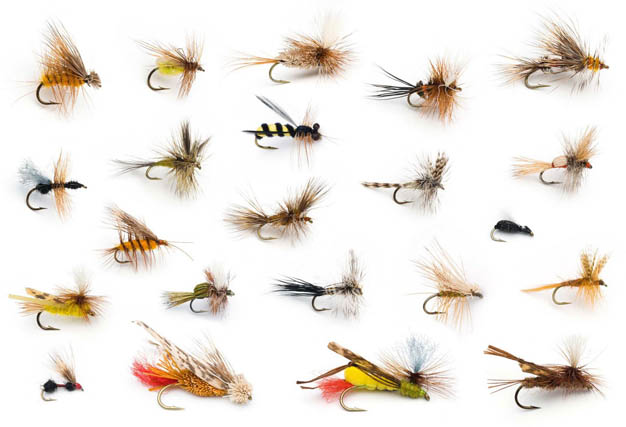
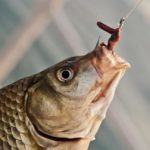
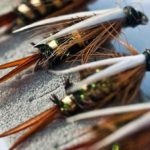
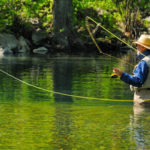
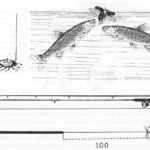
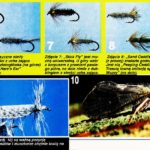

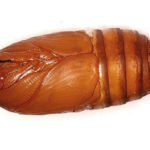
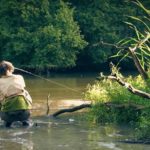
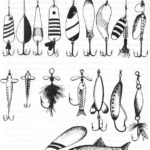
Piękne – gratuluje 😉